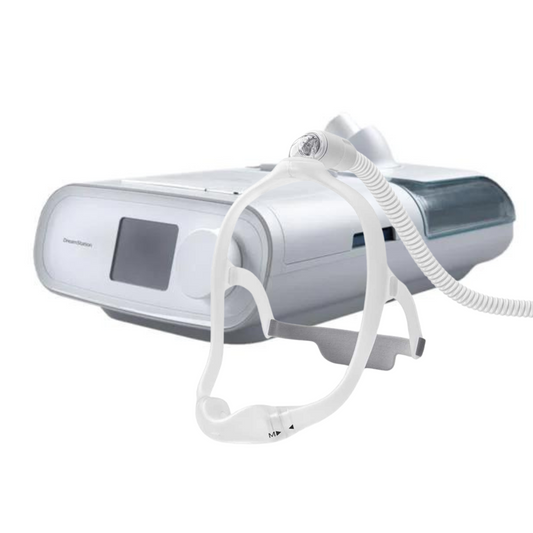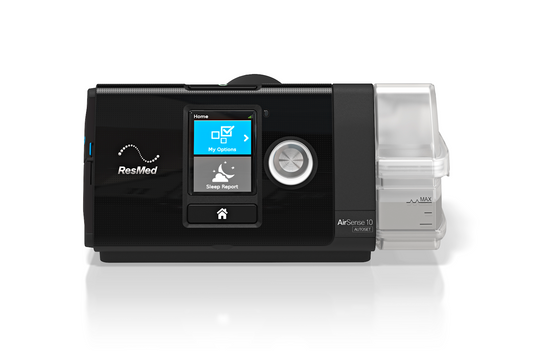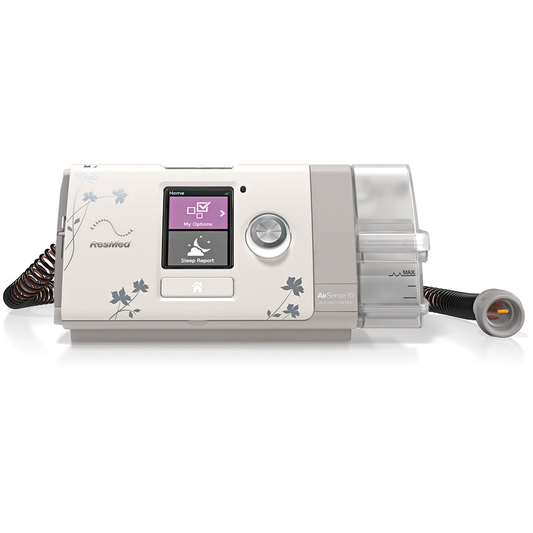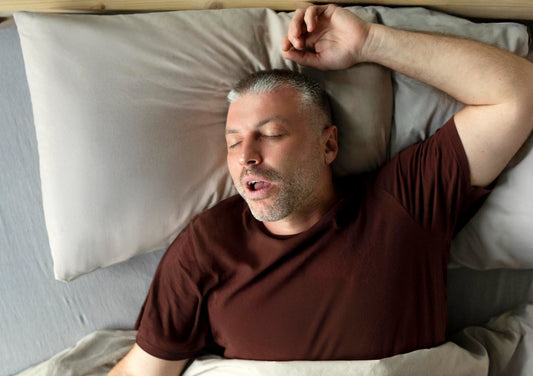One of the most common sleeping disorders is Obstructive Sleep Apnoea. Millions of people across the globe are affected by the sleeping disorder but not everyone is receiving treatment. If left untreated or poorly treated, obstructive sleep apnoea (OSA) will negatively impact a person – physically, mentally and even emotionally.
In the last 25 years, continuous positive airway pressure (CPAP) therapy has been the gold standard for treating sleep apnoea. However, not everyone prescribed with CPAP therapy can tolerate the treatment.
Alternative Sleep Apnoea Treatments
In past blog articles, CPAP Victoria has presented alternative treatment for CPAP therapy. Alternative treatments for mild cases of OSA include positional therapy and lifestyle changes such as losing weight and regulating alcohol consumption.
Articles promoting change of diet, doing tongue, mouth and throat exercises and playing the didgeridoo to strengthen airway muscles were also featured in blog articles. The use of the mandibular advancement device (MAD), an oral appliance, may be recommended by a sleep doctor through a qualified dentist. Surgical procedures such as tracheostomy, tonsillectomy, adenoidectomy, bariatric for weight loss, and removal of excess throat tissue in the airway are not routinely prescribed, and are therefore considered last resort treatments if all other treatment options prove to be ineffective.
What other natural ways and non-invasive procedures can help “treat” sleep apnea?
Singing actually strengthens airway muscles, thus, theoretically, prevent those muscles from collapsing during sleep. A study shows that singing for 20 minutes each day for at least three months actually reduced snoring. The vocalization should entail singing vowel sounds such as ah and yah with wide open mouth, opening the back of the throat. The tongue should be positioned so as not to block the air passing back and forth over the throat. Singing is one harmless, fun, inexpensive, and enjoyable way to treat sleep apnoea.
Yoga has been known to help people deal with various types of health concerns for over a hundred years. Yoga may not actually treat sleep apnoea but doing yoga exercises could help alleviated sleep apnoea symptoms. Sleep apnoea is synonymous with improper breathing and subsequent depletion of oxygen levels in the body which would lead to fatigue, depression and other comorbidities. By practicing yoga, you strengthen the diaphragm and consequently increases the body’s oxygen level. Yoga is a calming exercise that could help you have a deeper and undisturbed nighttime sleep.

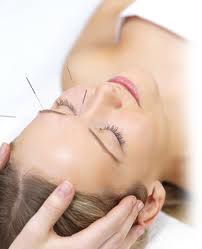
Acupuncture has been used to treat hundreds of ailments since the time of Ancient China civilization. The use of ultra-fine needles to puncture the natural meridian lines of the body has been documented to “cure” illnesses, and alleviate pains and aches. Acupuncture needles are painless. There are specific puncture areas for specific ailments, stimulating hormones to activate and heal the body and in the process contribute to easing the symptoms of sleep apnoea. There are actual scientific studies that show the viability of acupuncture in the treatment of obstructive sleep apnea. The finding is that acupuncture stimulates the throat’s upper airway, keeping it open during sleep for better intake of oxygen and easier breathing.
Tried and True Therapies
 The researchers of the American College of Physicians Clinical Guidelines Committee have reviewed studies pertaining to the effects of the different approaches in the treatment of obstructive sleep apnoea. According to the team of scientists, weight loss and CPAP therapy are still the best options in the treatment of obstructive sleep apnoea (Epstein, 2018).
The researchers of the American College of Physicians Clinical Guidelines Committee have reviewed studies pertaining to the effects of the different approaches in the treatment of obstructive sleep apnoea. According to the team of scientists, weight loss and CPAP therapy are still the best options in the treatment of obstructive sleep apnoea (Epstein, 2018).
Call us NOW at 1300 750 006 we can help you!
